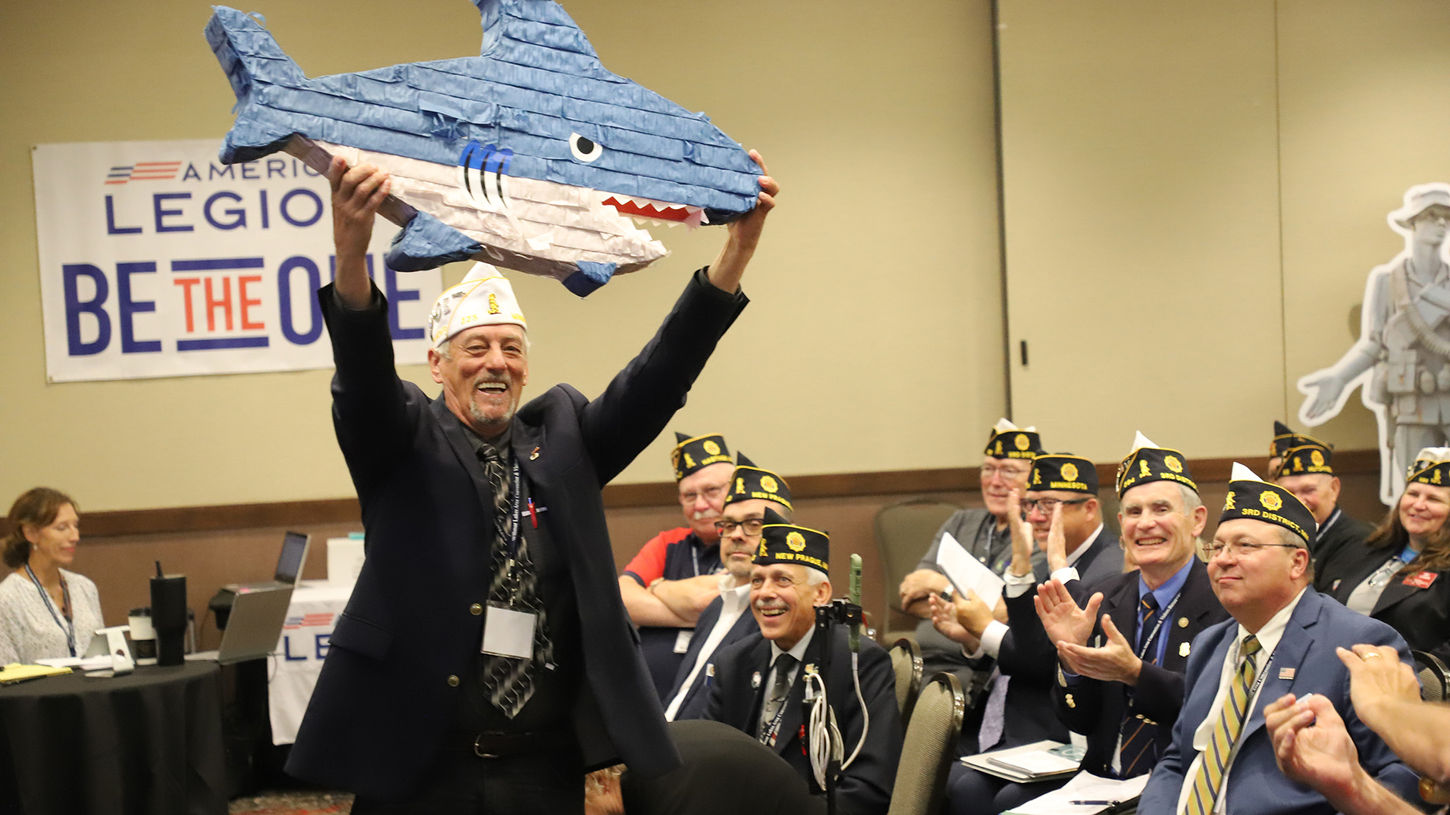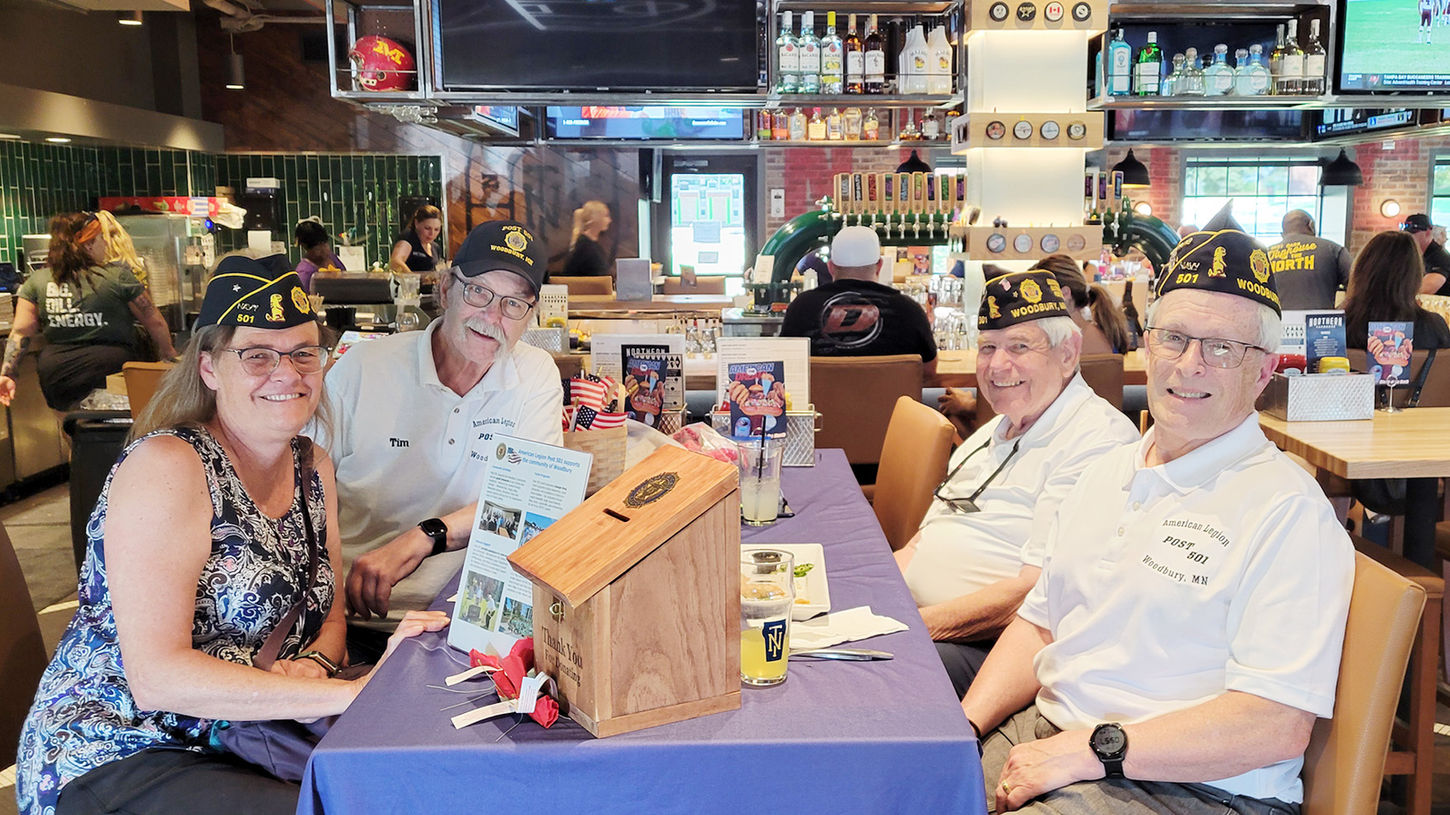top of page
Latest News

Our Mission
“The Department serves its members building relationships to promote The American Legion’s programs, patriotism and honor, to make our communities better and stronger. The Department will develop a culture of growth by preparing generations of our Veteran brothers and sisters to meet their citizenship obligations.”
Veteran Services
Find the resources you deserve. Contact us anytime with questions.
Quick Links
Find the forms, tools, and resources you need for your district or post.

bottom of page





















